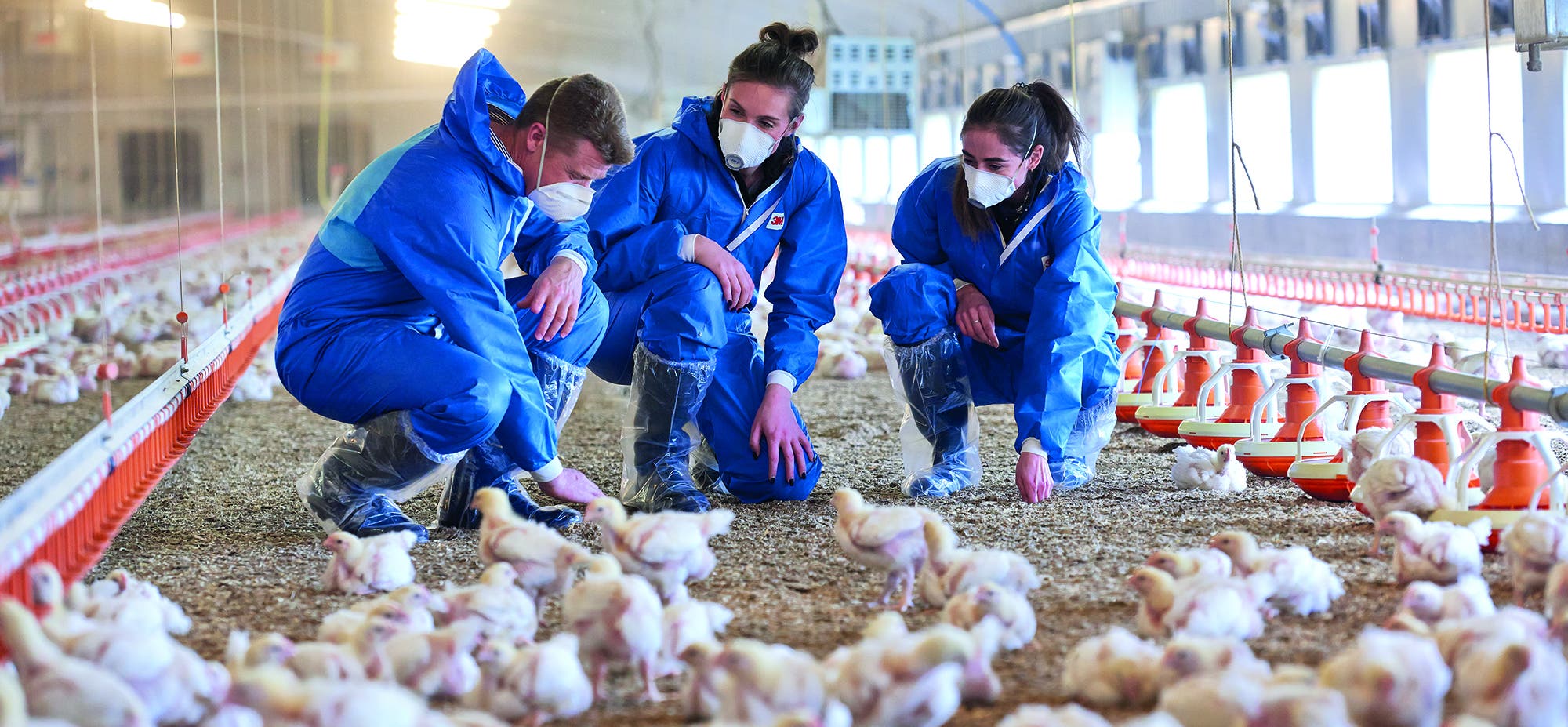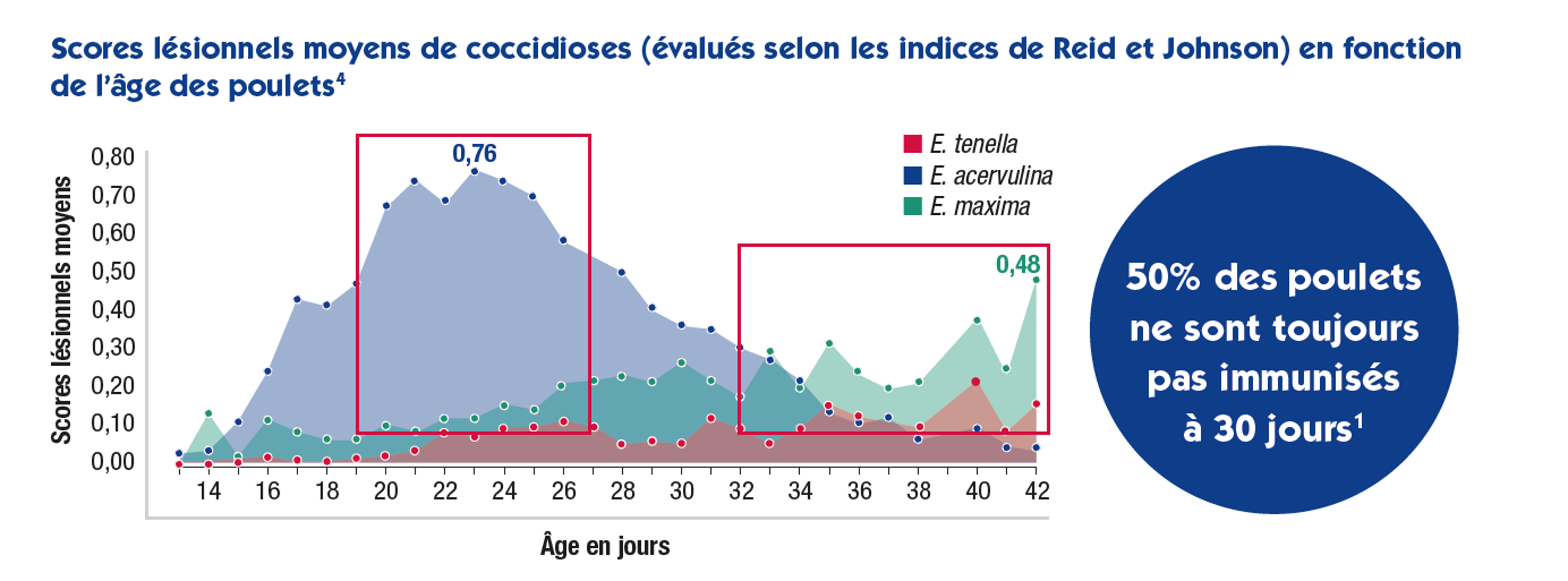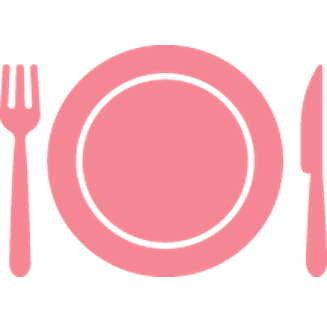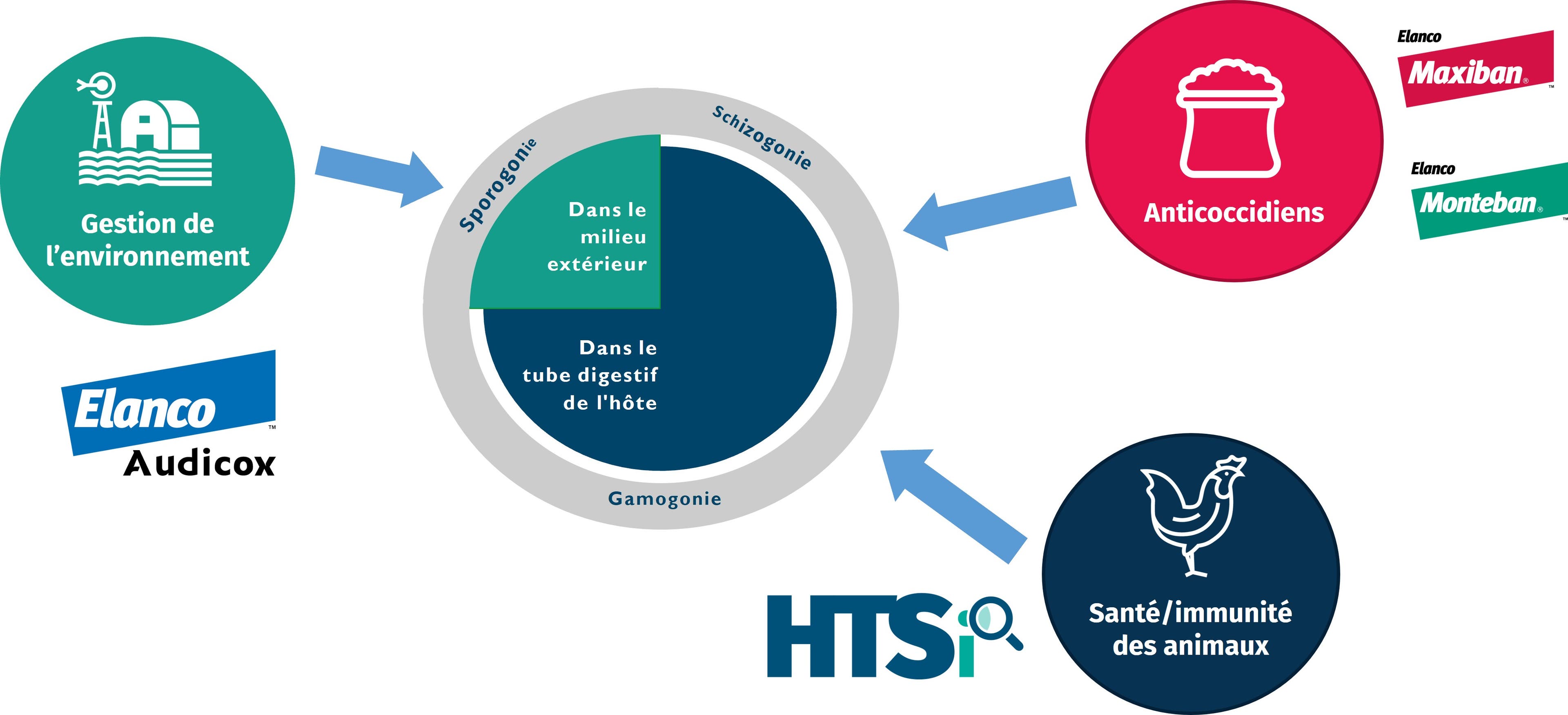
Elanco
Elanco
Votre partenaire expert I2
La Coccidiose chez les volailles
La coccidiose est une maladie récurrente et inhérente à l’espèce, causée par des parasites présents naturellement dans l’environnement, les coccidies.
Les coccidies représentent un challenge permanent pour les volailles puisque ces parasites sont présents dans leur environnement tout au long de leur vie. A 30 jours, 50% des poulets sont non immunisés contre la coccidiose, le risque d'infestation tardive est important. 1
Contrôler la coccidiose tout au long de la période d'élevage est un enjeu majeur pour un élevage durable.

L’impact de la coccidiose

La coccidiose a un impact sévère sur la santé et le bien-être des volailles.
Augmentation :
- Troubles digestifs
- Mortalité2
- Pododermatites5
- Brûlures de bréchet6
- Autres infections2

La coccidiose est coûteuse pour les éleveurs : jusqu’à 18,7 cts d’€ 7
Diminution :
- Prise d’aliment et d’eau2
- Taux de croissance2
- Conversion alimentaire2

La coccidiose menace la santé humaine
Augmentation
des risques de toxi-infections alimentaires liés à la transmission d’agents co-infectieux3
(Salmonelle ; campylobacter)
Elanco : une approche complète de la coccidiose qui fait la différence
Le cycle parasitaire comprend deux phases : l’une se déroule dans l’environnement, et l’autre dans le tube digestif des poulets. Ainsi, il est important d’agir sur ces deux phases pour une bonne gestion de la coccidiose.
Chez Elanco, nous avons une approche globale pour aider à contrôler la coccidiose. Nous proposons :
- Des services uniques : la gestion de la coccidiose se cache dans les détails ! Nous avons mis en place HTS pour améliorer la santé des volailles & Audicox™ pour identifier et contrôler les facteurs de risque
- Des solutions efficaces : un programme adapté au contrôle des coccidies dans le tube digestif avec Maxiban™ & Monteban

1. Chapman H. D. (2009). Drugs, vaccines and natural products for coccidiosis control will they help the poultry industry grow better chickens? thepoultryfederation;1:
2. Kadykalo, S. The value of anticoccidials for sustainable global poultry production. (2017) International Journal of Antimicrobial Agents. 1-7
3. J.F Dawe. The relationship between poultry health and food safety. (2004) Poultry Informed Professionnal 77:1-12
4. Données HTSi non publiées. 2017 & 2018 Région EMEA. Elanco Animal Health.
5. Bostvironnaois, C., Zadjian, C. and Corniaux, A., Assessment of anticoccidial programs in an experimental station on broiler performance, meat yield and litter quality (2009) 17th ESPN, Edinburg.
6. Clave H, Van Der Horst F. Essai de comparaison de différentes préventions anticoccidiennes chez le poulet label à chair jaune. (2004) Sci Tech Avicoles, 47:4-8
7. Adapté de: Damer P. Blake and all "Re‑calculating the cost of coccidiosis in chickens" Vet. Research. (2020) 51:115
8. Elanco Market Research Données HTS 2016-2018 2 OPA FRANCE 242 lots 2019.
9. M. Kaldhusdal, H. Hetland and A.G. Gjevre, 2012. Non-soluble fibres and narasin reduce spontaneous gizzard erosion and ulceration in broiler chickens. Avian Pathology 41(2):227-234.
10. Callender, M.E. and T.K. Jeffers. (1980). Anticoccidial combinations comprising Nicarbazin and the polyether antibiotics. U.S. Patent 4,218.438.
11. Ruff, M.D. et al. Anticoccidial activity of Narasin in broiler chickens reared in floor pens. (1980) Poultry Sci. 59:2008-2013
12. Adapted from Lankriet et al. The effect of commonly used anticoccidials and antibiotics in a subclinical necrotic enteritis model. (2010) Avian Pathology. 39(1) 63:68
13. Elanco EKS HTSi Data on File for I2 Index validation and UK JMP analysis 2016
14. Saggiorato M. et al. Can we predict early the performance of a broiler flock? Experience from Clostridium FirstTest–XIIIth European Poultry Conference –Tours, 2010.
15. Russell SM-The Effect of Airsacculitis on Bird Weights, Uniformity, Fecal Contamination, Processing Errors, and Populations of Campylobacter spp. and Escherichia coli-Poultry Science 2003 1326- 1331.
16. Volkova VV et al. Effects of Broiler Medications on Salmonella- Avian Diseases 2013, 640-644.
17. Van der Sluis, W. 2000. “Clostridial enteritis is an often underestimated problem.” World Poultry. 16(7):42-43. 8. Williams, R. 1999. “A compartmentalized model for the estimation of the cost of coccidiosis to the world’s chicken production industry.” Int. Journ.for Parasitology. 29(8):1209-1229.
18. Bostvironnois Ch. et al. –Economical Impact of Losing Intestinal Integrity in Broilers : New data. –XIIIth European Poultry Conference –Tours, 2010. 10
